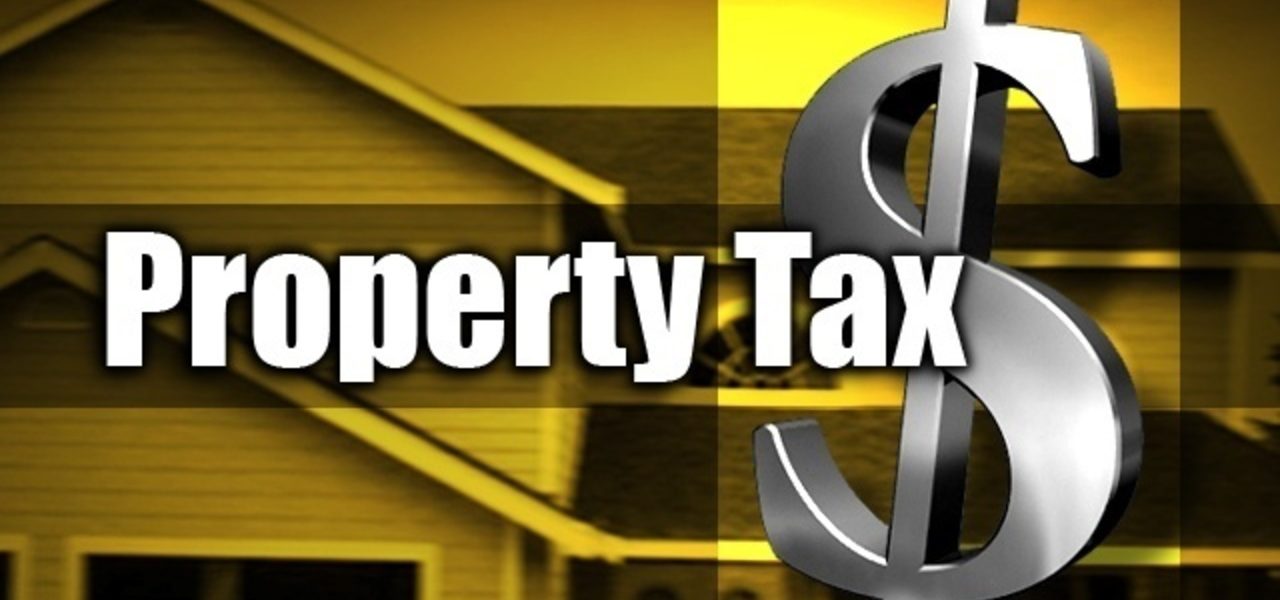By Mary Steurer
Casper Star-Tribune
Via- Wyoming News Exchange
CASPER — In a step that could pave the way for broader changes to Wyoming’s property tax system, Gov. Mark Gordon on Friday gave his signature to a proposed constitutional amendment to make a fourth tax class exclusively for residential property.
Right now, residences fall under the same tax class as commercial and industrial property. In other words, they’re all taxed at the same assessment rate of 9.5%.
As climbing residential property taxes put the squeeze on Wyoming homeowners, especially those living on low and fixed incomes, there’s widespread support among lawmakers for lowering the tax assessment rate.
The state can’t do that without affecting the revenue it makes from commercial and industrial land, however. And property taxes are critical to keep many local governments and public schools operational.
Senate Joint Resolution 3, sponsored by Sen. Dan Dockstader, R-Afton, aims to address that dilemma by creating a separate tax category specifically for residential property. It would also allow for the creation of a “subclass” of residential property just for “owner occupied primary residences” like single-family homes, according to the resolution.
The proposal cleared the governor’s desk Friday afternoon, but it still has a long way to go before it can become law.
Wyoming voters have the final say over changes to the state constitution, so its next stop is the 2024 election ballot. If the amendment passes, additional legislation would be required to actually change the property tax assessment rate.
Until this week, Senate Joint Resolution 3 looked a lot different: it was originally a constitutional amendment creating a property tax exemption specifically for “elderly and infirm” Wyoming residents. Representatives on Tuesday voted to do away with that language during its third reading in the House.
An amendment brought by Rep. Liz Storer, D-Jackson, cut the “elderly and infirm” exception altogether.
The language that replaced it is nearly identical to a property tax bill that died much earlier in the session: House Joint Resolution 2, sponsored by House Speaker Albert Sommers.
Why resurrect a bill that had already been debated — and rejected — by lawmakers? Speaking on the house floor Tuesday afternoon, boosters of Storer’s amendment called it the last chance of the legislative session to pass more ambitious property tax reforms.
Lawmakers originally filed roughly 20 bills aimed at property tax relief this session. As of Tuesday, just two had been signed into law.
One of those bills expanded income eligibility for the state and county-optional property tax relief programs. The other will require the state to commission a report on what it would take for Wyoming to switch over to the so-called “acquisition” model of assessing property taxes.
Speaking in favor of Storer’s amendment, Rep. Barry Crago, R-Buffalo, said while he counts both bills as a win, neither had the punch he was hoping for.
“I think every one of us, when we came down here, had a goal in mind when it related to property taxes. Every single one of us thought we needed to do something, and we needed to do something meaningful,” Crago said during the bill’s third reading on the House floor. “We passed one bill that provides for short-term relief, and we passed another bill that provides for a study. And those are good steps — but those aren’t providing longterm reform to our tax system.”
As of Tuesday, all other property tax bills had been defeated except Dockstader’s resolution.
And while many were still warm to the idea of a tax exemption for elderly and infirm homeowners, several said creating a fourth tax class for residential property should take priority.
The resolution, in its current form, holds the potential for much more comprehensive relief than the proposed exemption for “elderly and infirm” residents, Storer said.
Storer’s amendment passed 52- 10. The resolution itself passed its third reading 53-9.
So how come the previous incarnation of the proposal, House Joint Resolution 2, failed?
A bloc of representatives aligned with the Wyoming Freedom Caucus voted last month to oppose the resolution after a third reading amendment brought by Rep. Tony Locke, R-Casper, failed. The amendment would have added language to the resolution allowing the Legislature to limit annual increases on residential property assessment values. (Again, since it was a proposed constitutional amendment, it would have still had to pass on the 2024 election ballot.)
Without Locke’s amendment, the group felt the proposal didn’t do enough for tax reform, Rep. John Bear, a Gillette Republican and the caucus’ chairman, told the Star-Tribune in February.
While some of those same lawmakers testified against Storer’s amendment Tuesday, many in the group ultimately voted in favor of the proposed change.





